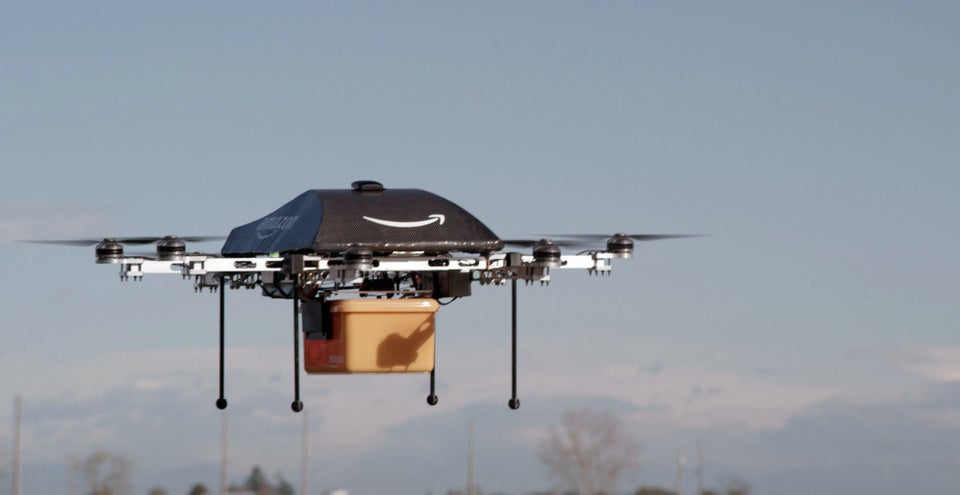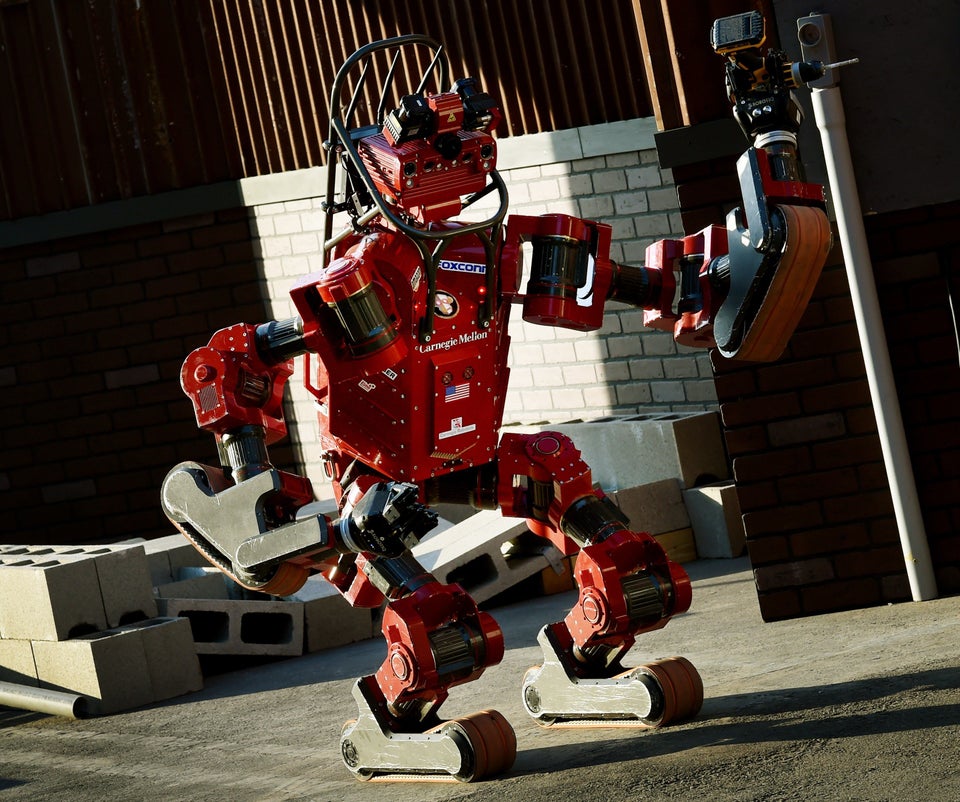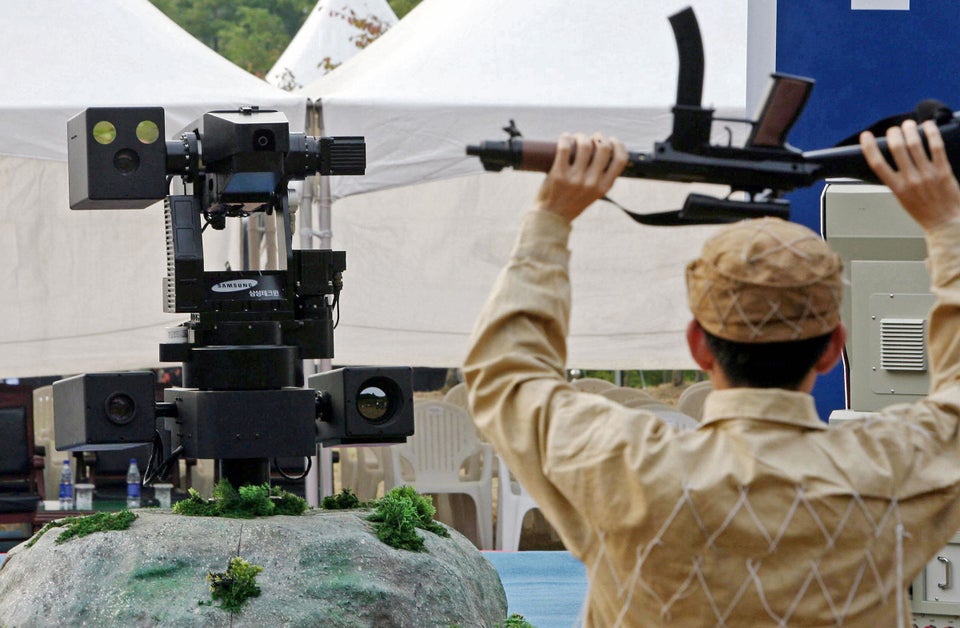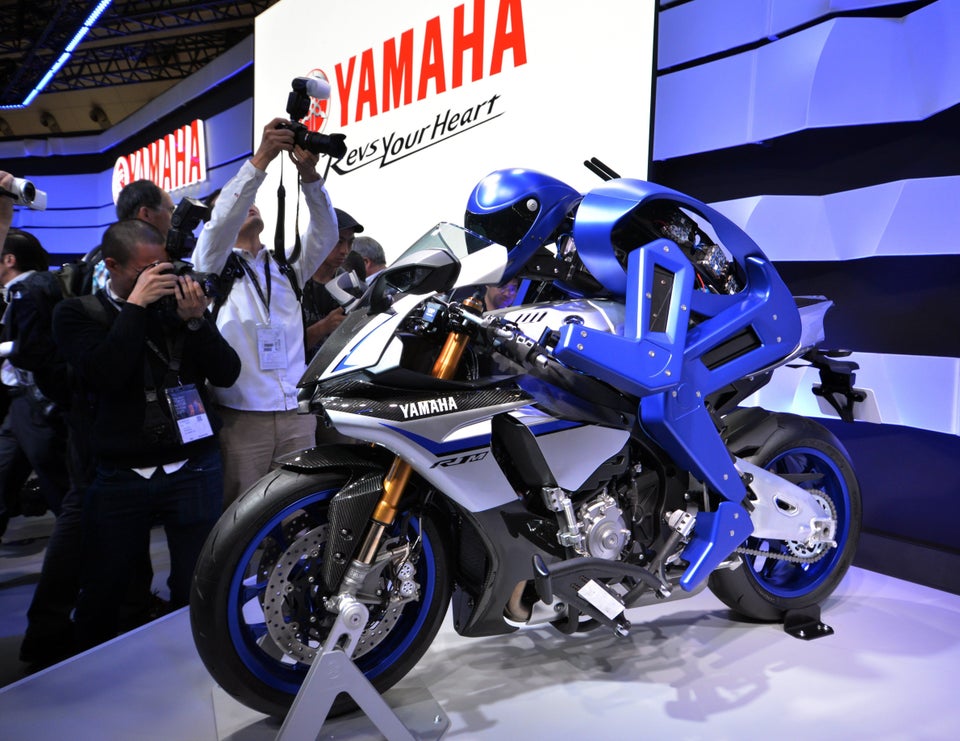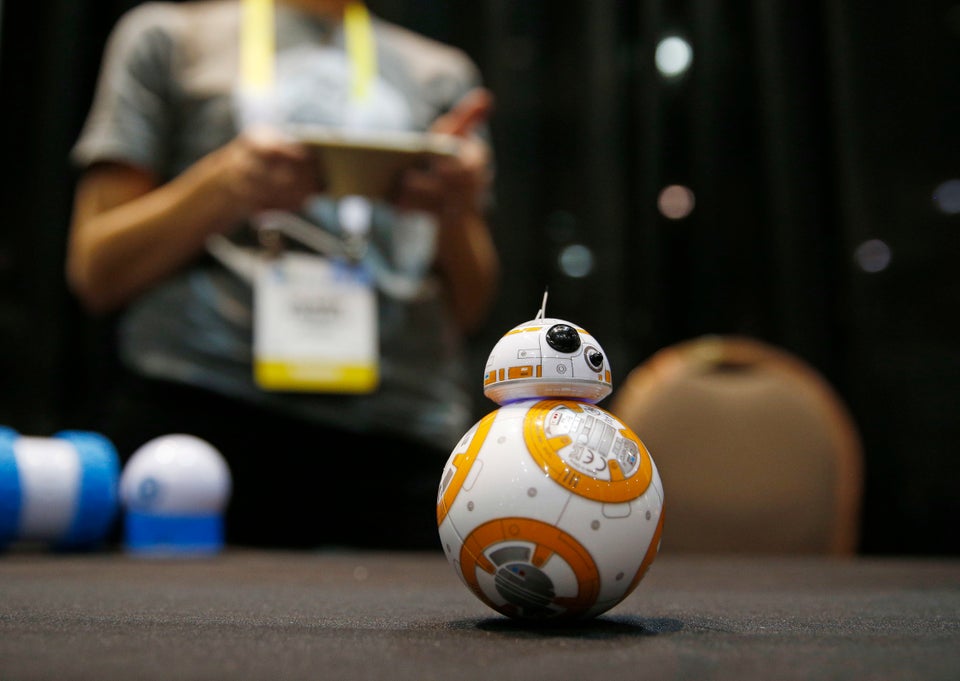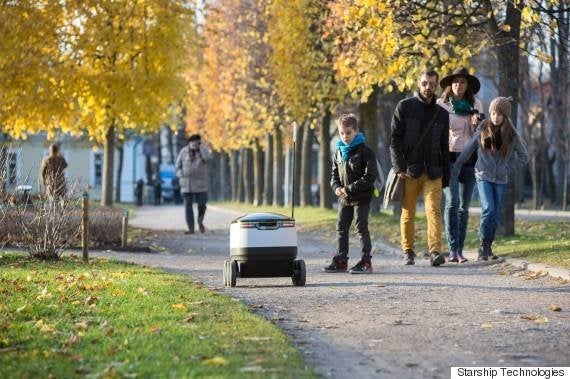Intel know a thing or two about making drones.
In fact with Drone 100 they set a Guinness World Record and in doing so gave us one of the most spectacular musical light displays we’ve ever seen.
Well now Intel are back, and they’ve set their sights a little higher than a mere 100, this time they’ve decided for and entire swarm.
The team have completely rebuilt the drones, these are the second-generation Shooting Star Drones custom built by Intel and rather than operating as small individual entities this 500-strong swarm work as one mind.
This allows them to create incredible 3D shapes with enormous precision.
“Sophisticated algorithms optimize distances during launch and landing to avoid collisions, and the vehicles remain protected because of the propeller cages.” explains Daniel Gurdan, engineering lead for the drones.
How they create the shapes and displays is even more impressive.
“We run through a simulation on a laptop, see how it works, and then load it onto the drones with a click of a button,” explains Natalie Cheung, drone light show business director.
Thanks to greatly improved software too the drones can now fly even closer together.
“Instead of having a 20-foot distance between drones in the air, we can actually get as close as 5 feet,” said Cheung. “When drones can be closer to each other, it creates a brighter and more beautiful image.”
So why do it? “We’re showing regulators around the world that UAV technologies used the right ways can help shape new rules for manned and unmanned aerial vehicles,” she explains.
Robots That Will Change Our Lives In 2016
Robots that can deliver other robots:
Amazon/AP
Amazon Prime Air is a drone delivery service which the company is currently testing. The company aims to deliver products within just 30 minutes of the customer pressing the 'order' button. (AP Photo/Amazon)
Robots that could soon be saving lives:
MARK RALSTON via Getty Images
The robot 'CHIMP' developed by Team Tartan Rescue from the US prepares to complete a task during the finals of the
DARPA Robotics Challenge. It is hoped that these robots will eventually replace emergency services workers during events like the Fukushima nuclear disaster. (MARK RALSTON/AFP/Getty Images)
Robots that can carry your stuff:
MARK RALSTON via Getty Images
A robotic cheetah runs during a demonstration at the finals of the DARPA Robotics Challenge. DARPA's four-legged robots have been designed to carry supplies and ammunition for the US Army. Capable of travelling over tough terrain the hope is that these will eventually replace the need for trucks or small vehicles. (MARK RALSTON/AFP/Getty Images)
Robots that can kill:
AFP via Getty Images
A sentry robot freezes a hypothetical intruder by pointing its machine gun during its test in Cheonan. South Korea unveiled a high-tech, machine gun-toting sentry robot that could support its troops in detecting and killing intruders along the heavily fortified border with North Korea. The weapons-grade robot can detect, raise the alarm and provide suppressive fire. (KIM DONG-JOO/AFP/Getty Images)
Robots that can race each other:
YOSHIKAZU TSUNO via Getty Images
Japan's motorcycle maker Yamaha Motor introduces the prototype model of a motorcycle riding robot 'Motobot' during a press preview at the Tokyo Motor Show in Tokyo on 28, 2015.(YOSHIKAZU TSUNO/AFP/Getty Images)
Robots that are toys:
ASSOCIATED PRESS
The
Sphero BB-8 remote controlled droid is on display at CES Unveiled, a media preview event for CES International, Monday, Jan. 4, 2016, in Las Vegas. The robot is controlled by an app for a mobile device. (AP Photo/John Locher)
Robots that will do your weekly shop:
A new
delivery drone company plans to revolutionise the way we do our shopping by replacing your weekly trip to Sainsbury's with a tiny delivery robot which will bring your fruit and veg straight to your door.(Starship Technologies)
